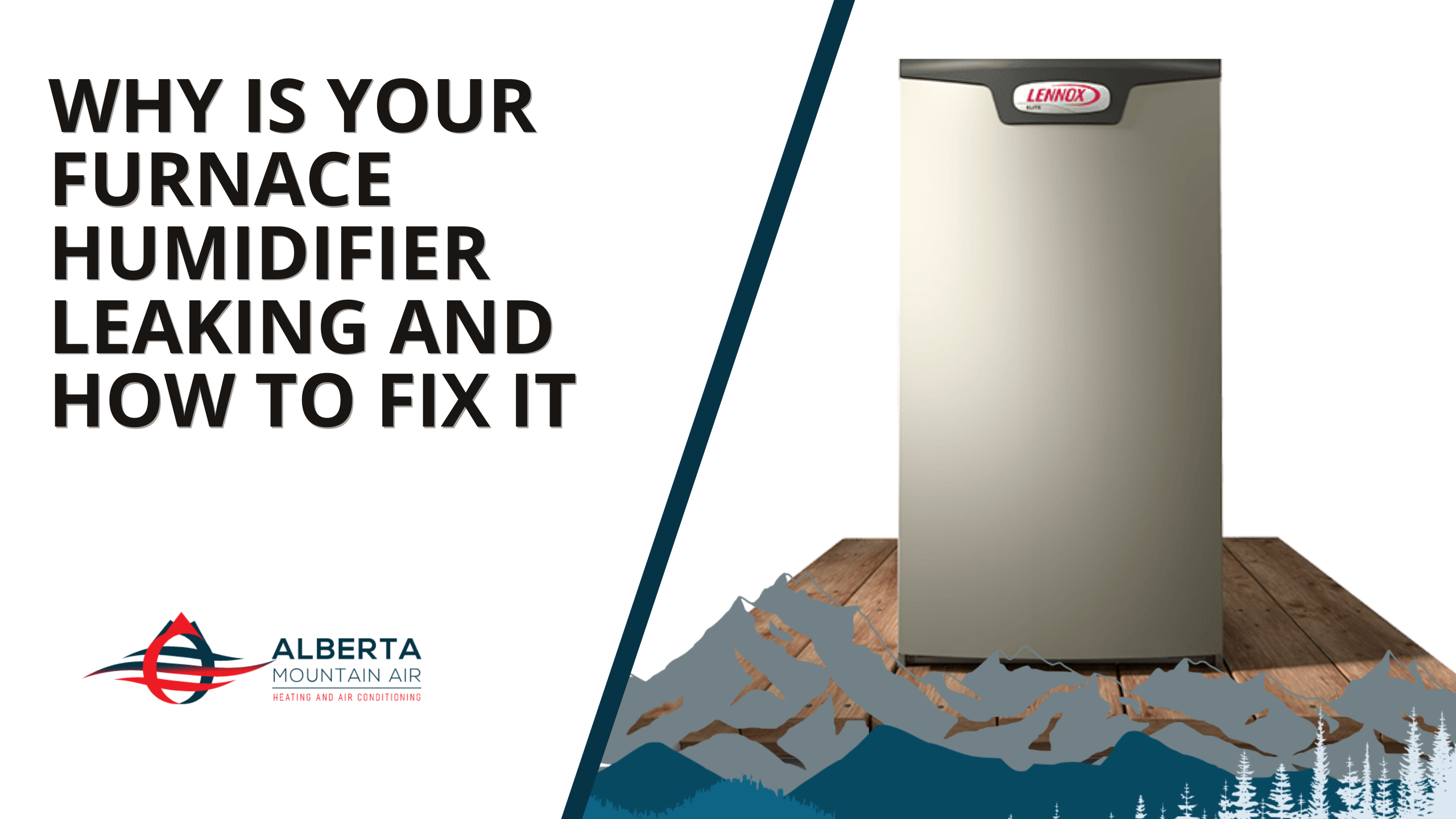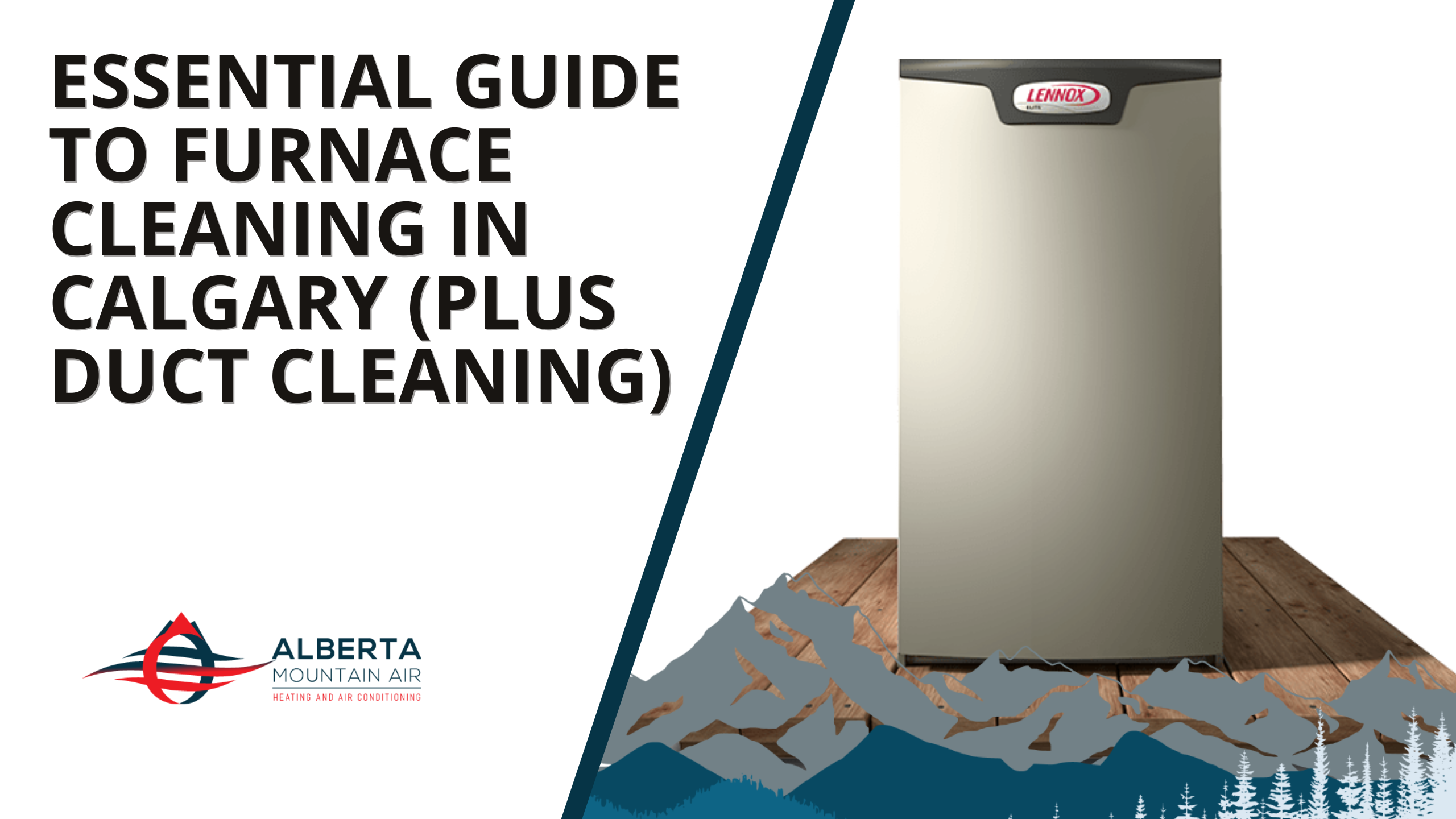COMPLETE GUIDE TO FURNACE FILTERS: WHICH IS BEST FOR MY HOME?
Did you know that there are a variety of filter types, materials, and sizes for your furnace? Not all are created equal. Some filter tiny, microscopic particles of bacteria from your air, while others are more basic and target larger particles like dust and dirt. Here is everything you need to know about furnace filters.
WHY DOES MY FURNACE NEED A FILTER?
There’s a lot of dust, dirt, and other bits and particles floating around your home. These can get sucked into the blower motor of your furnace, causing clogs. To prevent this, a filter is used to catch these particles. In addition to keeping your furnace running well, a good filter also helps improve the air quality within your home.
DETERMINE SIZING
Your furnace should already have a filter in place. Remove it, and take note of the sizing on the side. It’s most likely written something like this: 16x20x1. Each number represents inches. If there’s no filter in the furnace, use a measuring tape to get the measurements manually or consult an HVAC professional.
MERV RATINGS
One important aspect of filter specifications is their MERV rating. The MERV, minimum efficiency reporting value, is measured on a scale of 1 to 20. This numerical rating lets you know how small a particle can be trapped in the filter. Generally, the higher the rating, the more premium and pricey the filter.
MERV 1-4
This filter type catches only the bare minimum and can be considered base level. Larger particles like dust and carpet fibers get caught with a MERV rating between 1 and 4. Most furnace filters don’t fall in this range. It’s more common in appliances like window air conditioning units.
MERV 5-8
Some furnace filters are found at 5 to 8 MERVS, but most health experts recommend at least 8 for maximum safety. In addition to catching dust and carpet fibers, a filter with a MERV rating of 8 will also take care of hairspray, cleaning products, and mold spore particles. This level of protection goes beyond the basic but may still not be suitable for those with allergies.
MERV 9-12
This MERV rating is best for those with allergies who need pure air, free of contaminants. This filter rating is commonly used in hospitals though not surgery rooms as they need a higher level of filtration. These filters remove all that lower MERV ratings do as well as lead and coal dust and fumes from nebulizers and dehumidifiers.
MERV 13-16
Filters at this MERV rating are rarely installed in residential furnaces. More commonly used in hospital surgery rooms, they offer over 98% protection from bacteria and viruses, cigarette smoke, and fumes both automotive and insecticidal.
MERV 17-20
Filters with a MERV rating between 17 and 20 are the highest quality that money can buy. Because of that, they’re used sparingly and only in certain settings like clean rooms and spaces that contain radioactive or carcinogenic materials. They filter everything from dust and debris to bacteria, combustion, radon, and viruses.
FILTER TYPES
Other than size and MERV rating, the only other thing you need to consider when choosing the perfect furnace filter for your system is the material the filter is constructed of. While it’s tempting to purchase the least expensive filter available, this may wind up costing you more down the road because of a loss in performance and efficiency.
ELECTROSTATIC FILTERS
Electrostatic filters work kind of like a balloon that you rub against your hair to create static electricity. They create a charge and use that to attract particles to them. These can be purchased as disposable filters or as a more economical washable filter. Washable filters last for quite a while, making them worth the extra up-front price. You do have to wash them when they’re dirty with soap and water, being sure to let them dry completely before replacing them in the furnace.
POLYESTER FILTERS
Not all furnaces will be able to hold a polyester filter since they’re usually only manufactured in medium sizes. Depending on the filter you choose, a polyester model will capture upwards of 85% of particulate matter, sometimes as high as 95%. They offer a fair amount of protection from pollutants and allergens, making them a good choice if you’re willing to shell out a significant amount more than you would for the cheapest materials.
CARBON FILTERS
These filters use charcoal to filter the air in your home. Carbon does an excellent job at filtering gases through a process called adsorption. Microscopic molecules of gases and particulate matter attach themselves to carbon molecules, trapping them in the filter.
If you choose to go with a carbon filter, make sure that it’s gone through the activation process, which allows higher quantities of molecules to attach to the carbon. This will be indicated on the packaging. Thicker filters are better as well since the increased surface areas lead to even more molecule capture.
PLEATED FILTERS
More surface area means more area for particulate matter to be trapped. The pleats in pleated filters create more area, even in furnaces that require small filter sizes. They’re typically composed of cotton or polyester and look solid instead of see-through like synthetic filters. Their MERV rating depends on how tightly the cotton or polyester is woven. They typically range from 6 to 12 on the MERV scale. They’ll need to be replaced about every other month.
HEPA FILTERS
HEPA or high-efficiency particulate air filters aren’t super-common in residential homes, partly because of the increased wear and tear that they cause on HVAC systems. They’re sometimes part of an air purifying system, but there are options for standard furnace HEPA filters.
They eliminate 99% of particulate matter from the air, making them the most efficient out there. Some use UV light technology to kill viruses and purify the air. Others use activated carbon, just like carbon filters do, to draw in the particles even faster and more efficiently.
FIBERGLASS AND SYNTHETIC FILTERS
These are the least expensive filters on the market, typically, and, sometimes, the easiest to get a hold of since they’re commonly sold in supermarkets. Less efficient than other filter types, synthetic filters capture up to 80% of particulate matter from your air. Since they capture larger particles, they do their job of keeping your furnace clean from debris and running as it should, even helping it last longer by keeping steady airflow. They’re not the best option if you’re also keeping your health in mind though since they do a poor job at filtering smaller particles that negatively impact health over time.
HOW THE EXPERTS AT ALBERTA MOUNTAIN AIR HEATING AND AIR CONDITIONING CAN HELP
Alberta Mountain Air Heating and Air Conditioning is a distinguished provider of HVAC services for Calgary, Alberta and the surrounding communities. Our service offerings range from heating and air conditioning repairs, installations and maintenance to refrigeration, indoor air quality testing and more. If you need help with filters, furnace maintenance, or any other HVAC topic, give us a call or set up an appointment today.
More Articles
Essential Guide to Furnace Cleaning in Calgary (Plus Duct Cleaning)
Need A Free Estimate?
Still have questions about your next air conditioner? Let us help you choose an air conditioner you’ll be excited for.
Need A Free Estimate?
Still have questions about your next air conditioner? Let us help you choose an air conditioner you’ll be excited for.


